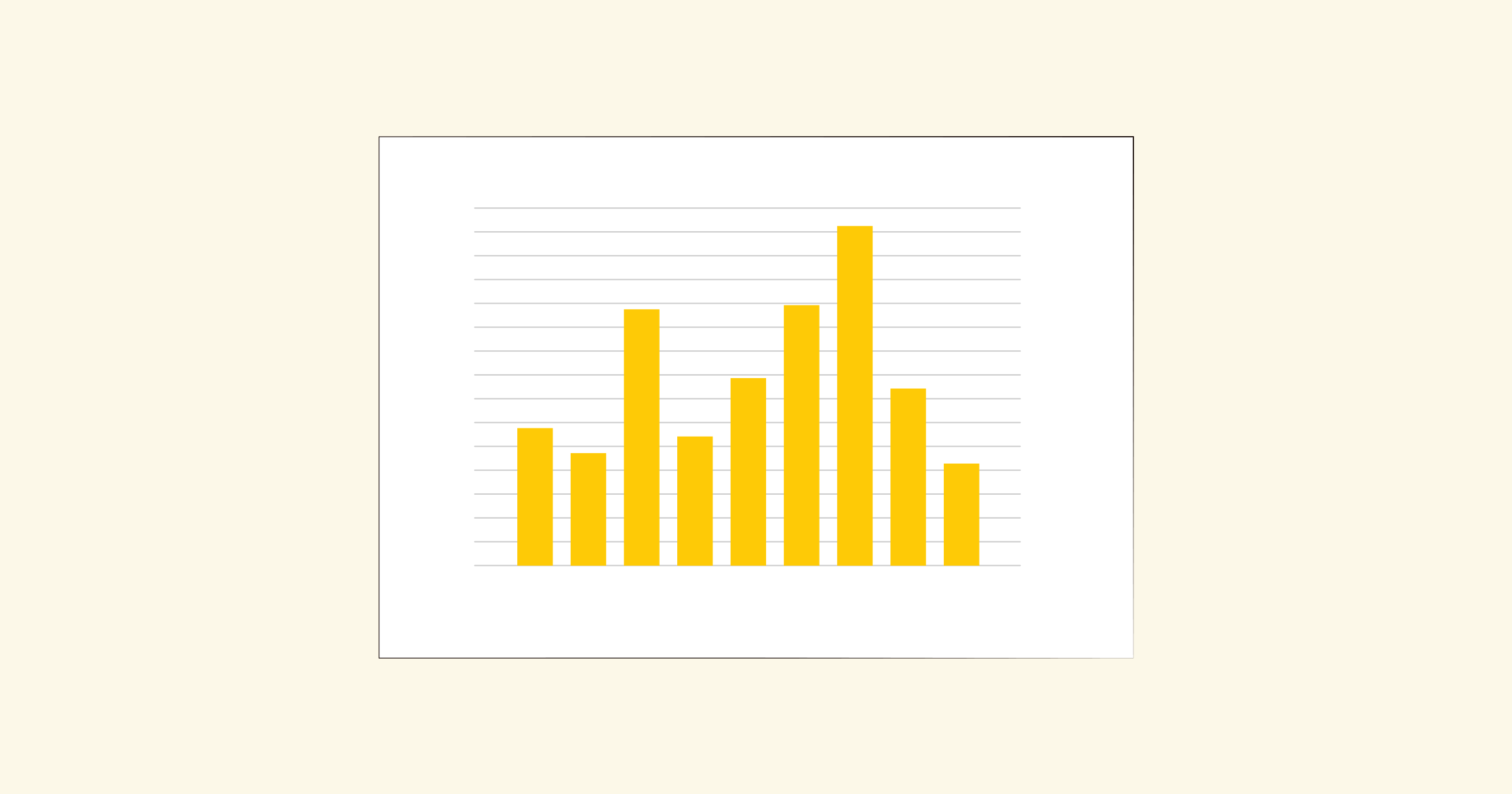Title: Reverse Proxy: Improving Website Performance and Security
Introduction.
In the world of web development, improving website performance and security is paramount. One effective way to achieve this is to implement a reverse proxy. In this blog post, we will explore what a reverse proxy is, its benefits and how it can improve the performance and security of your website.
What is a reverse proxy?
A reverse proxy acts as an intermediary between client devices and web servers. Unlike a traditional forward proxy, which handles requests on behalf of clients, a reverse proxy handles requests on behalf of servers. It receives requests from clients and forwards them to the appropriate back-end server, retrieves their responses and returns them to the clients.
Benefits of reverse proxy
1. Improved performance: Reverse proxies can cache static content such as images, CSS and JavaScript files at the edge of a network. This caching mechanism reduces the load on back-end servers, improving response times and website performance.
2. Load balancing: Reverse proxies distribute incoming requests across multiple backend servers, ensuring an even distribution of traffic. This helps to prevent any single server from becoming overloaded with requests, reducing downtime and improving the overall performance of your website.
3. SSL/TLS termination: Reverse proxies can handle SSL/TLS encryption and decryption. By terminating SSL/TLS connections at the proxy level, backend servers are relieved of the resource-intensive task of encrypting and decrypting data. This improves server performance and simplifies SSL certificate management.
4. Security and DDoS protection: Reverse proxies act as a shield between clients and backend servers, hiding server IP addresses and providing an additional layer of security. They can also help mitigate Distributed Denial of Service (DDoS) attacks by filtering and blocking malicious traffic before it reaches backend servers.
5. Content filtering and access control: Reverse proxies can be configured to filter requests and control access to resources based on various criteria such as IP addresses, user agents, or request parameters. This allows administrators to enforce security policies and prevent unauthorised access to sensitive data.
Bottom line
Implementing a reverse proxy can significantly improve the performance and security of your website. By caching static content, load balancing incoming requests, handling SSL/TLS encryption and providing an additional layer of security, reverse proxies play a vital role in improving website performance and protecting against cyber threats.
Consider integrating a reverse proxy into your website architecture to benefit from improved performance, scalability and security. Remember to choose a reliable and scalable reverse proxy solution that meets your specific requirements.





























